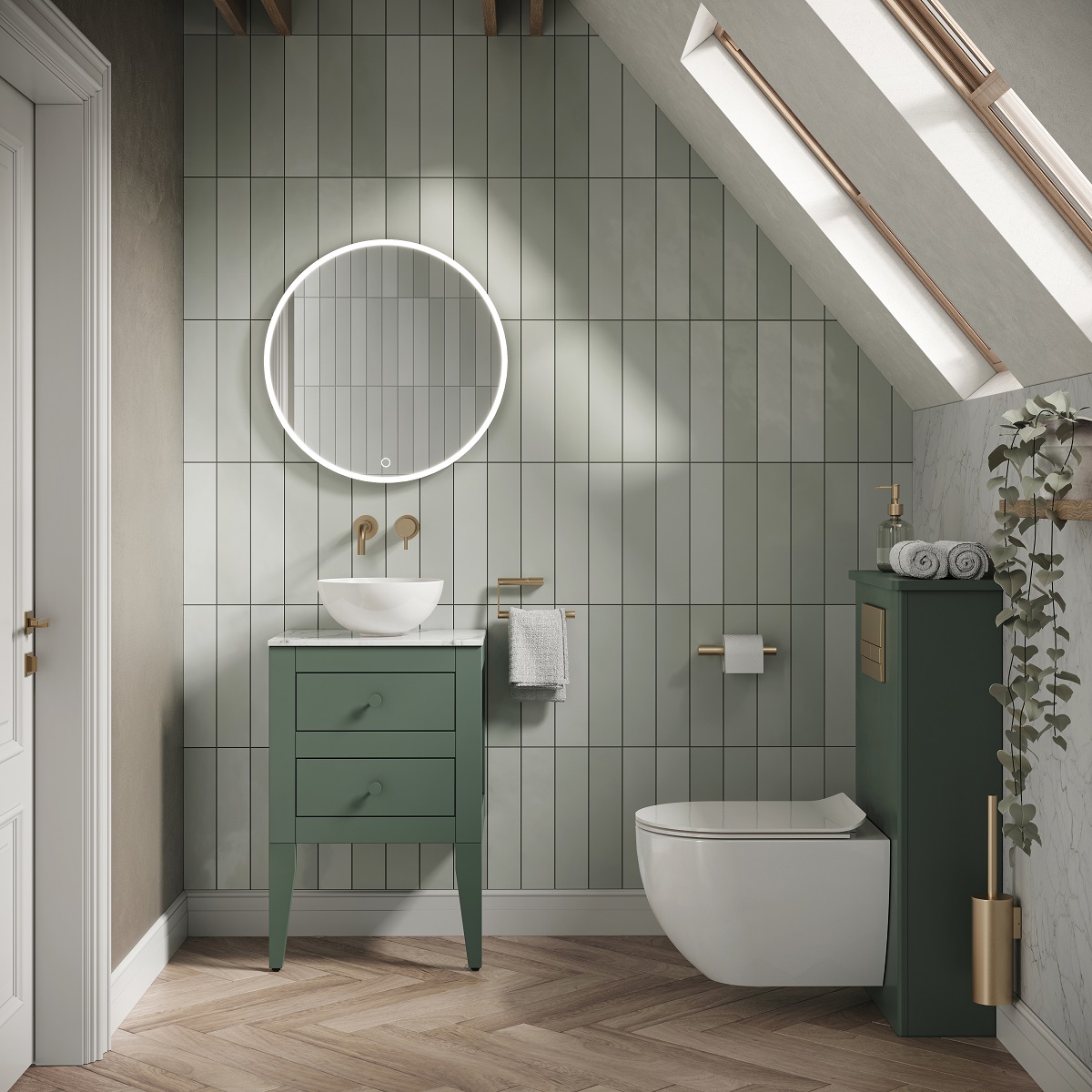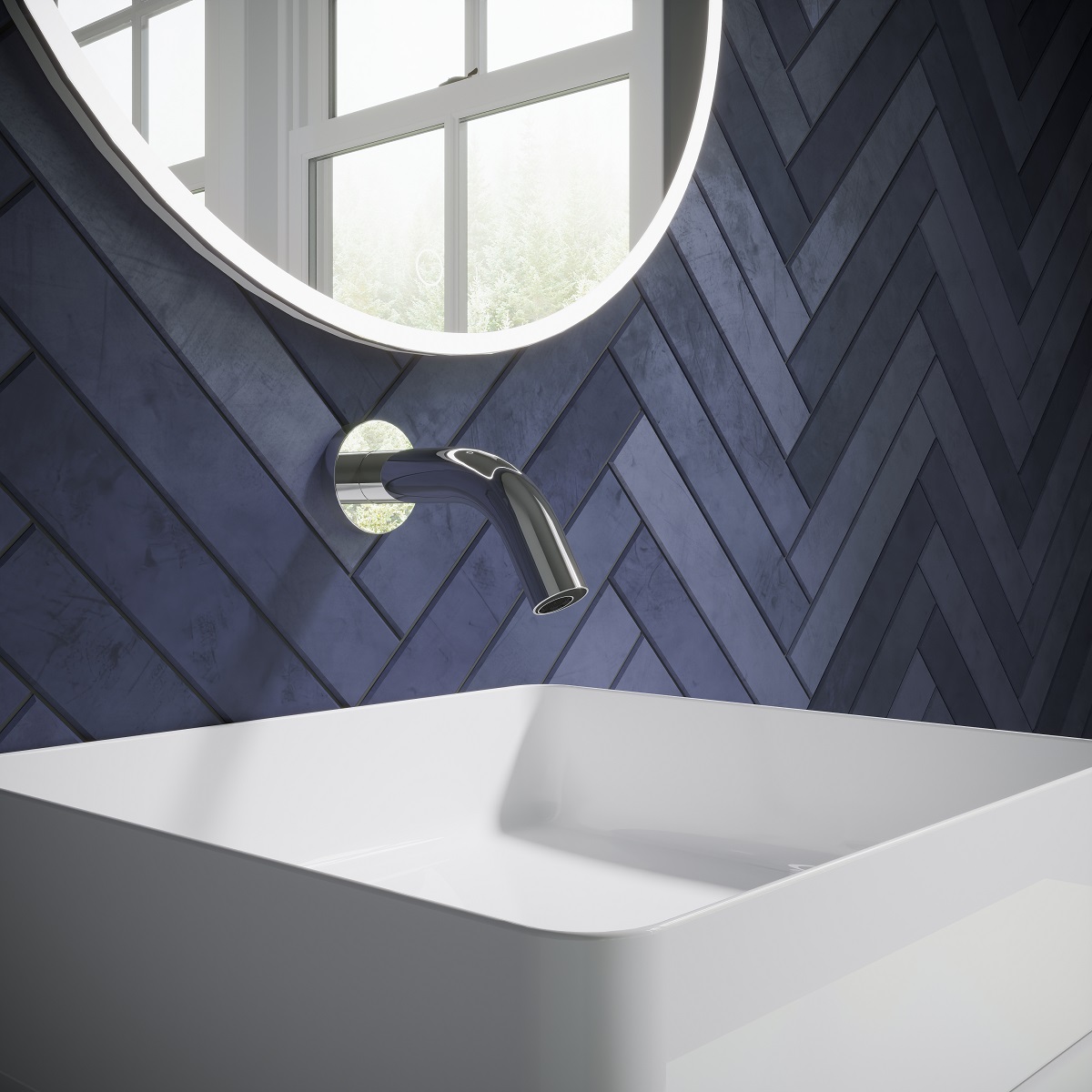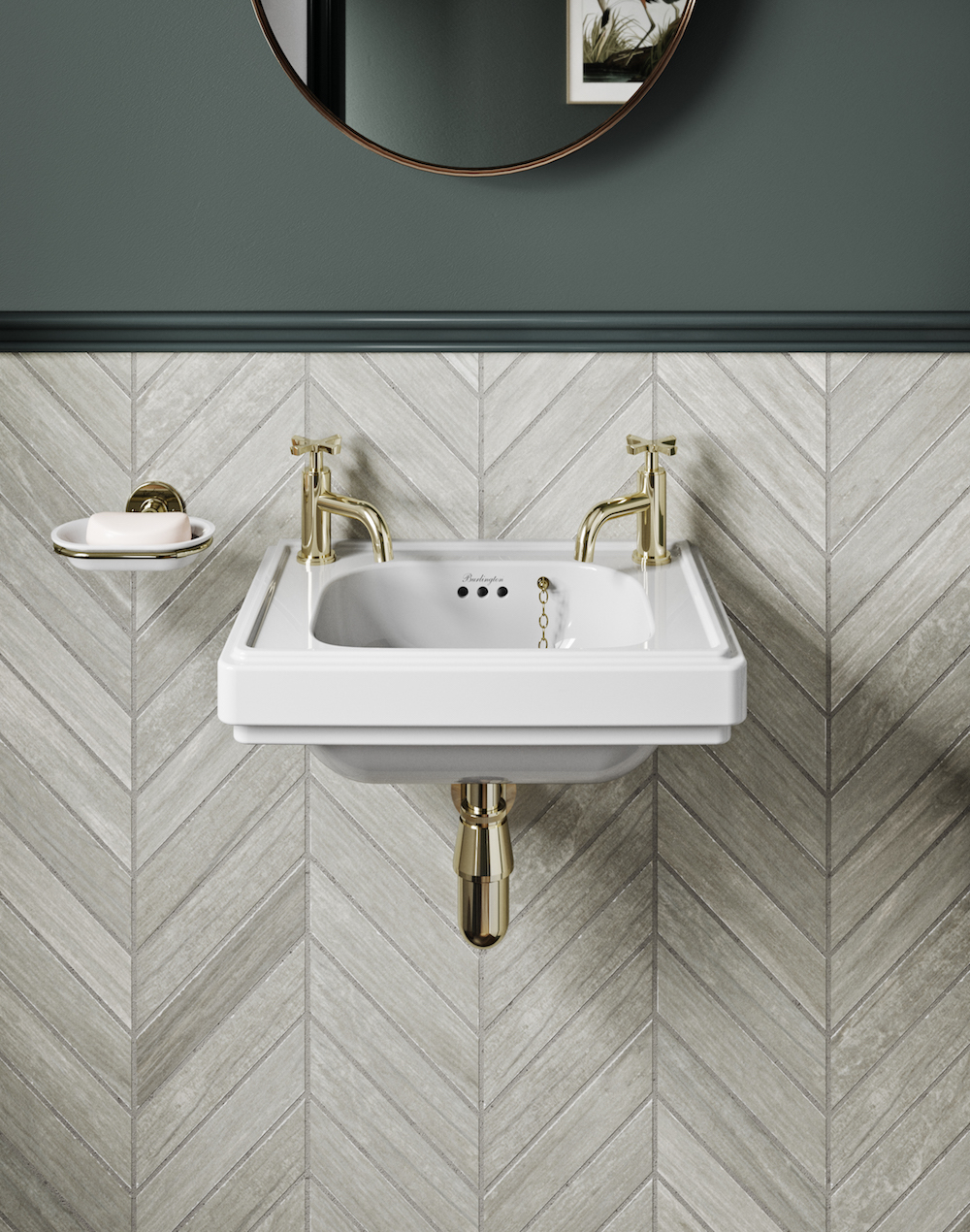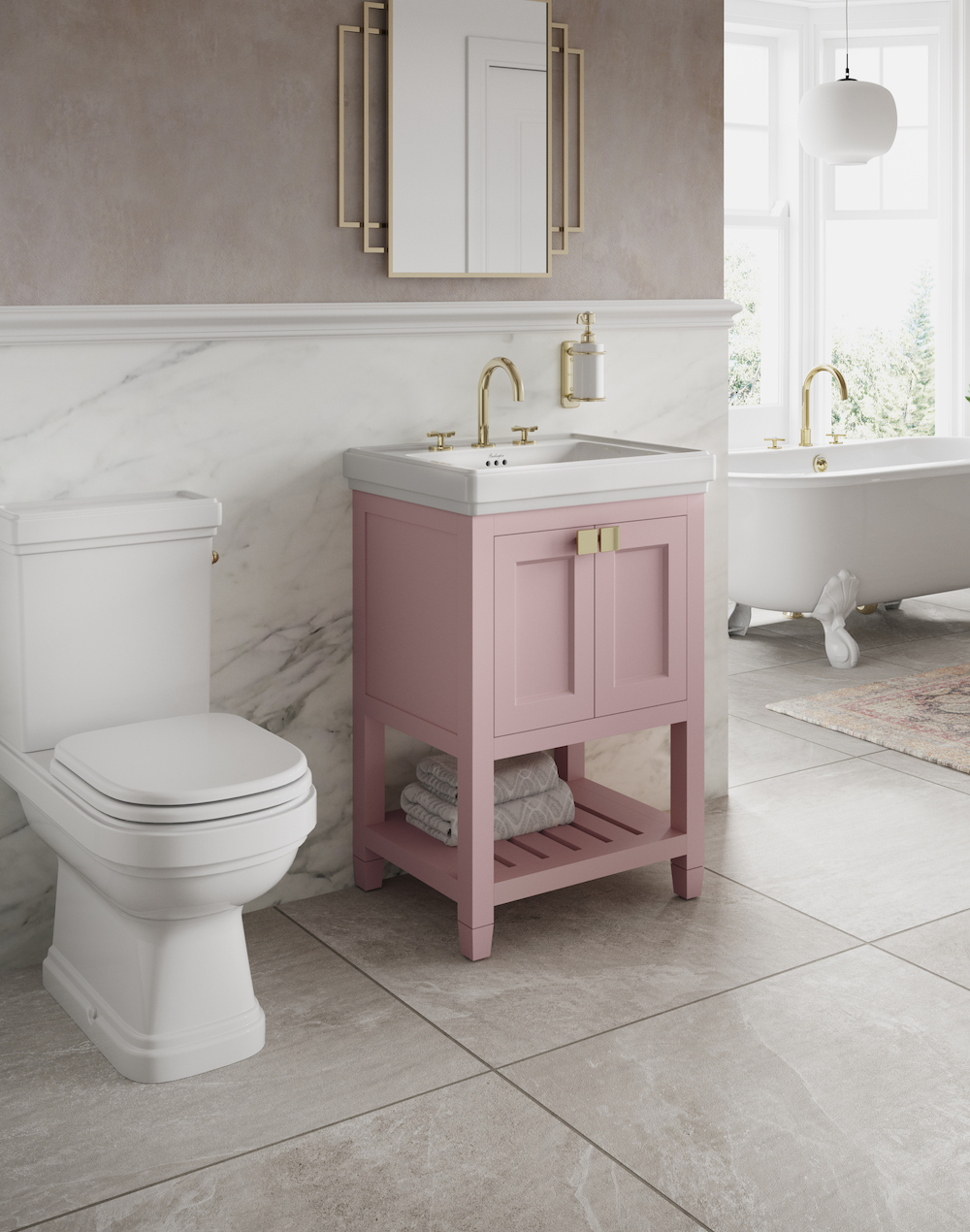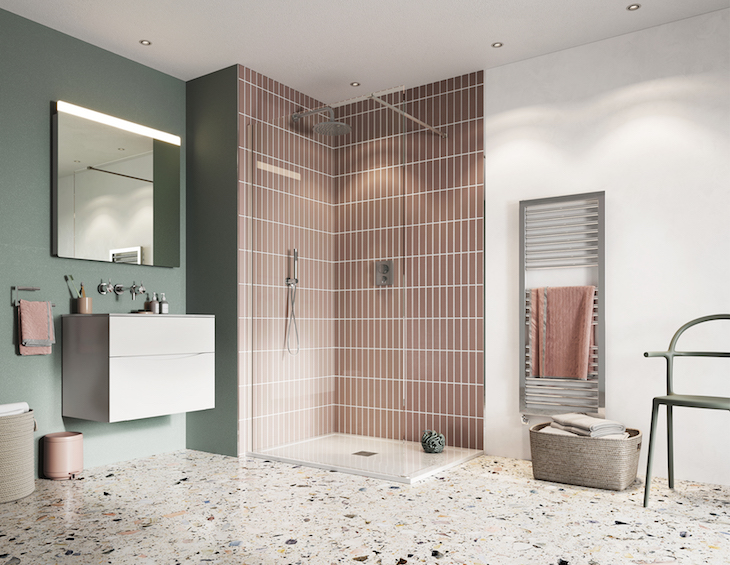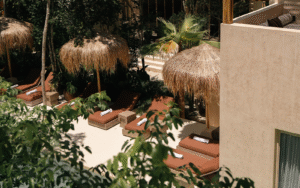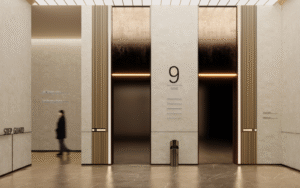With the aim to define how bathrooms are evolving, Hotel Designs, in association with Bathroom Brands Group, invited Sarah Dabbs, Associate at Spaceinvader Design, Sasha Stupar, Associate Director at EPR Architects and Sarah Wakefield, Creative Director at Jolie Studio to explore texture, colour and materials in the bathroom…
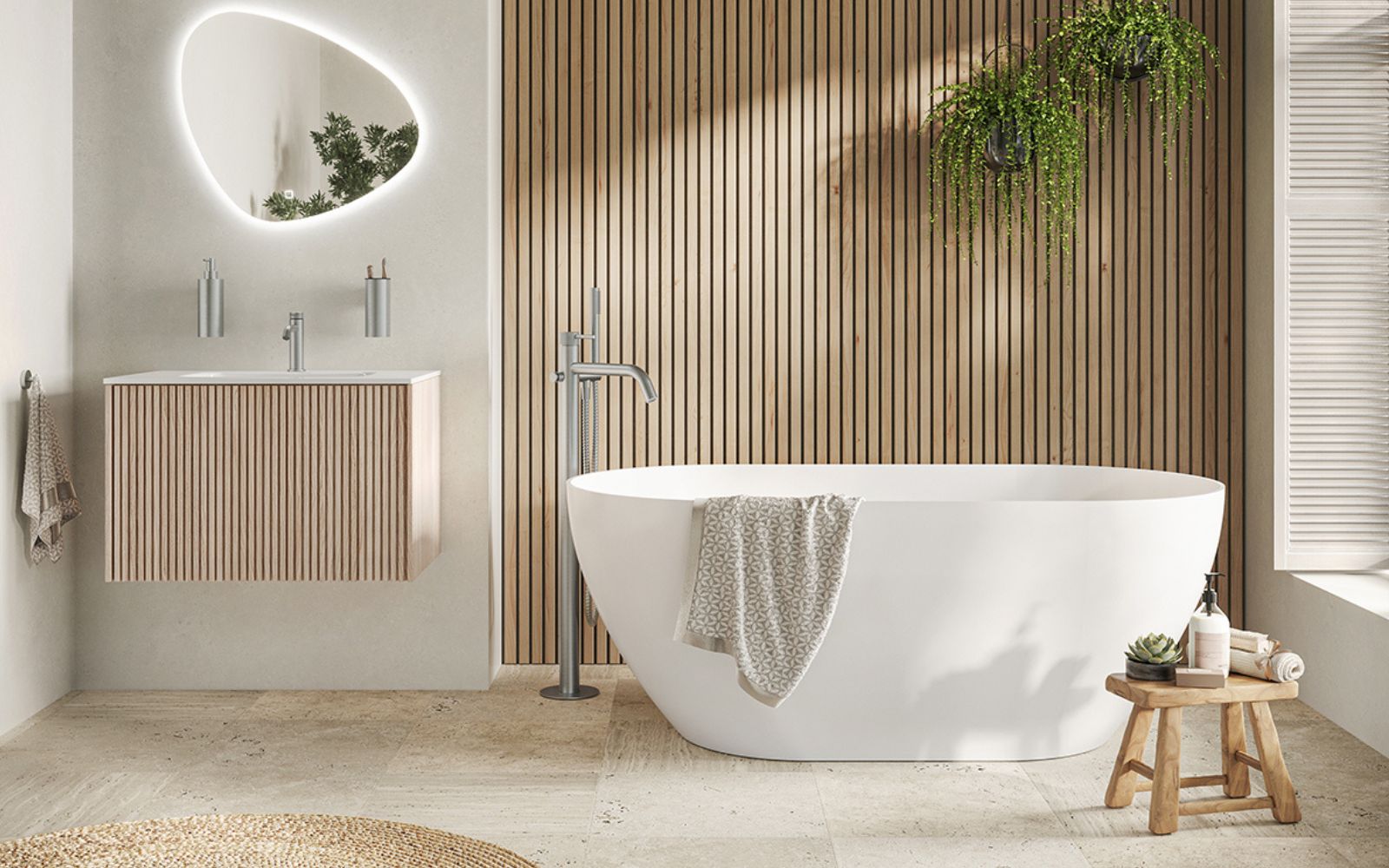
There are many factors that go into ensuring modern hotel bathrooms are beyond simply practical spaces. Texture, colour and materials are among them. In recent years, manufacturers, such as Bathroom Brands Group, have been able to utilise technology in order to give necessary attention to detail at an affordable price. Whether its coloured basins (on the outside) in the Artist collection by Crosswater or adding period drama in a boutique hotel with the Riviera collection by Burlington, or simply following the trends with Britton, all innovations born under the Bathroom Brands Group come from design, quality and performance.
To celebrate the group’s ‘full bathroom solutions,’ as carved out by Stephen Ewer, the group’s CEO, in a recently published interview, Hotel Designs welcomed leading designers to the Materials Source Studio in the heart of Manchester, to explore how texture, colour and materials are changing the look and feel of bathrooms in 2022 and beyond.
Before diving into the conversation, we first needed to establish the mega trend that is ‘wellness’. Sasha Stupar, Associate Director at EPR Architects, took the opportunity to explain what is perhaps fuelling this movement. “There is such a focus at the moment on escapism; travellers want to almost run away from their busy lives, and the bathroom is the perfect space to set this tranquil environment, using water as a tool for relaxation,” she said. “Bathrooms have been slowly evolving over the years, and this, I believe, has been driven by the demand for a home-from-from feeling when people check into a hotel and experience the bathroom.”

Image caption: Bathrooms inside Tribe Malta. | Image credit: SpaceInvader
One example of a brand that dramatically took on the role to evolve hotel experiences from formal to laidback was Soho House. Sarah Wakefield, a former Senior Interior Designer at Soho House who is now the Creative Director of the progressive studio Jolie Studio, was at the forefront of pairing things back to reveal something more than a beautiful bathroom. “I think there’s really something in blurring the boundaries,” she said. “Take a hotel room, for example, the bathroom was just behind a door in the corner, whereas now we are seeing more glazed panels where you can see into the bathroom and in general there is much more a cohesive narrative between bedroom and bathroom.” This mixed with sensory design, and understanding how the space feels as well as looks has created more of a spa-like experience for guests.
Speaking of the modern spa scene, which is unquestionably setting new standards in wellness and forcing bathrooms to work harder in order to cater to modern traveller demands. Sarah Dabbs, Associate at SpaceInvader, believes that expectations for bathrooms to shelter personality have increased. “And this is in all luxury and lifestyle hotels, regardless of geography,” she said. “Even hotels in the city, for example, are expected to feature a pleasant and relaxing bathroom experience.”
Moving the conversation along, Hamish Kilburn, Editor, Hotel Designs, addressed the panel to ask whether anything, in their experience, is missing. “It seems to me that bathroom brands have really listened to the demand that has been amplified and have worked extremely hard over the last decade to offer what we now see, with more variety than ever before,” he said. “From where I sit, it’s difficult to see what is perhaps missing.” Responding, Stupar mentioned that we are offered so much. “It’s that innovation,” she said, “that really drives the design for us. It’s very difficult to say what’s missing, but I do think there is something interesting in sensory experiences.”
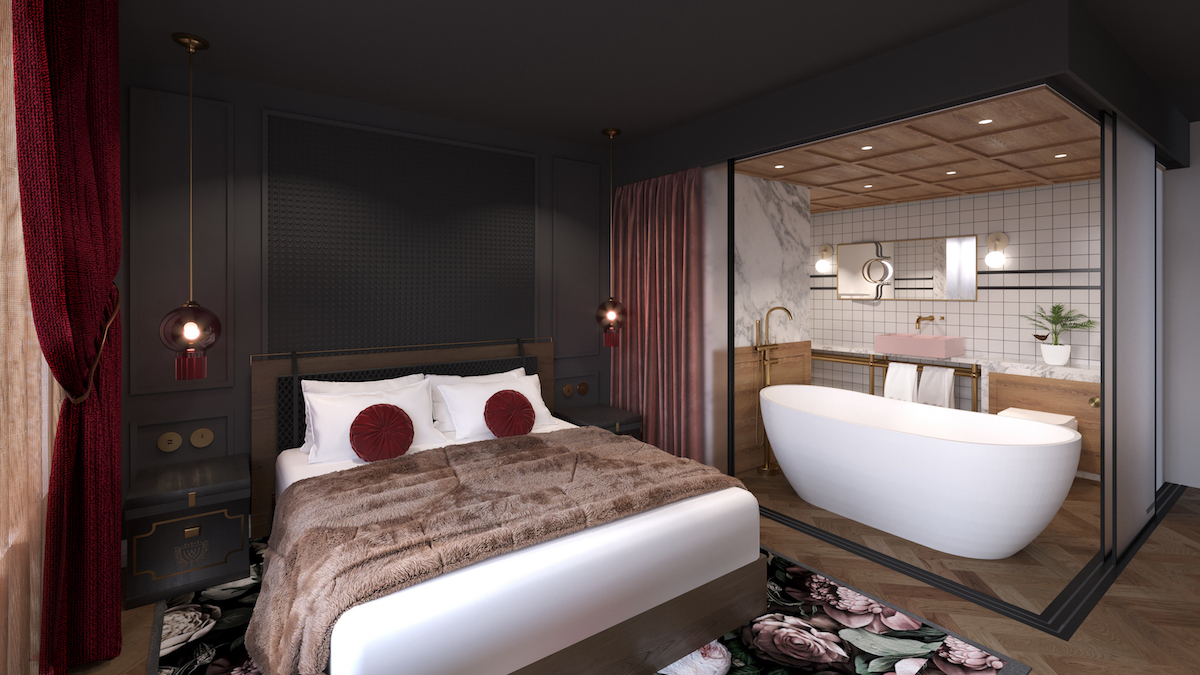
Image credit: Render of Suite inside Wildes Hotel in Chester. | Image credit: SpaceInvader
When it comes to luxury and spa-like experiences, there is perhaps one hotel project, currently on the boards, that we’re expecting to house striking and modern bathrooms that offer spa-like experiences while also aptly giving a nod to the building’s storied architecture. “Working as the architects on Raffles London, inside the Old War Office, has been really interesting to see how designers are collaborating with designers internationally,” Stupar added.
While exploring the root of innovative bathroom design, it was only right to steer into different sectors to understand how wellness has amplified design. Dabb offered a wider perspective on this. “We see cross-learning across all the projects we work on, particularly in commercial and hospitality. Offices are certainly trying to look and feel more like a hotel lobby, for example,” she said. “When it comes to bathrooms in office settings, these standards have risen drastically recently with the bathrooms and wellness spaces providing a key role in many workspaces. I think where it is most interesting is when considering accessible design – and providing a design scheme that is user friendly for all but also stylish. I think hotels can really learn from workspace design.”
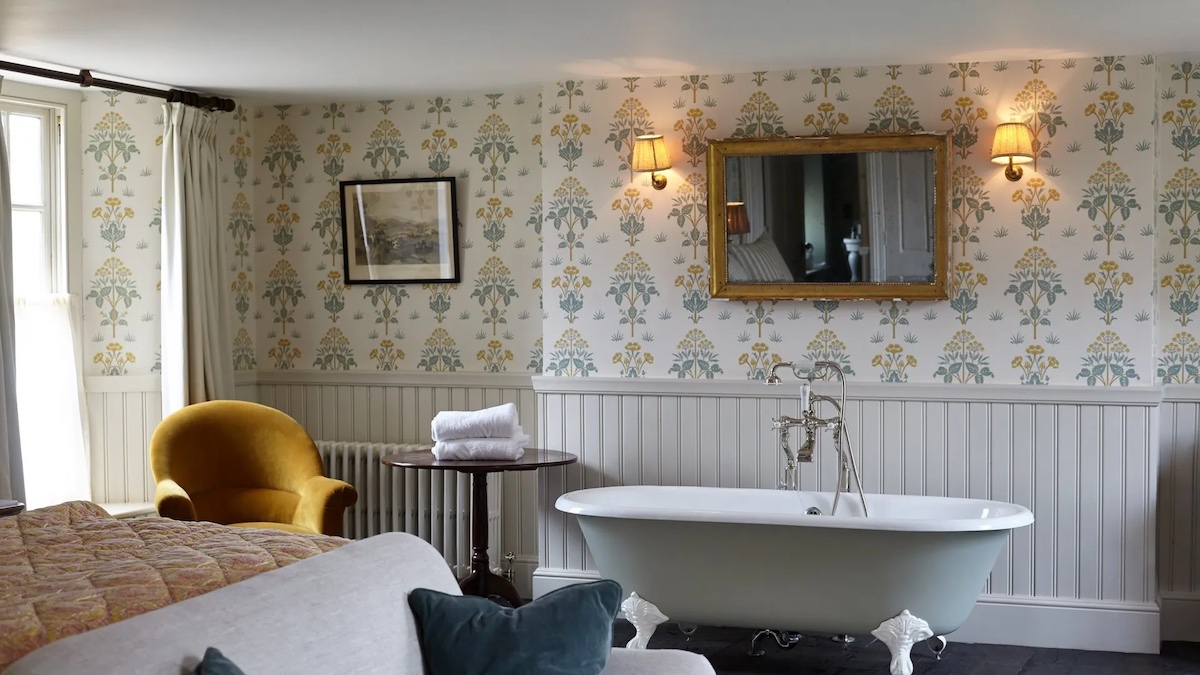
Image caption: Bath inside suite at Soho Farmhouse. | Image credit: Soho House
To get to the heart of the conversation, Kilburn continued to explore materials, and more specifically consciously sourced materials in bathroom design. With a lot of focus being placed on sustainability – and the topic being rather subjective in certain instances as to what materials are believed to have positive ESG qualities and which are not – the debate is not a fair one without considering longevity and durability. “The Rosewood London is a good example when discussing what is sustainable in terms of longevity” added Stupar. “We really managed to preserve the original features. Although refurbishments are difficult to achieve, it is probably what we are best known for now as an architecture firm. This all comes down to how progressive the client is, though. We are constantly challenging ourselves to discover new, innovative materials and products that help us to convince clients to choose sustainable alternatives. We all need to be on board together.”
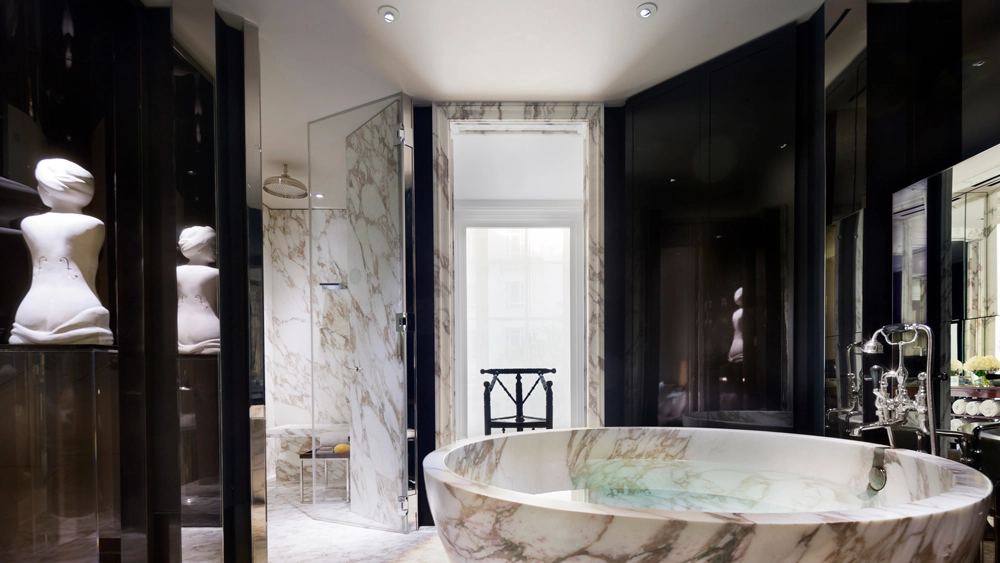
Image caption: The iconic bathrooms inside the suites at Rosewood London. | Image credit: Rosewood Hotels & Resorts
With the topic around materials being one that is about discovery, Dabbs added that the role of a designer with a topic like ESG was also about challenging perceptions. “We associate marble with luxury, but I think now luxury is about being consciously aware. The market in the luxury sector is massively leading towards working with suppliers that have solid sustainable credentials,” she said. “Today, we are even looking at materials, such as laminates, which we would never have put forward before, because they are made from organic compounds.
For Wakefield, while agreeing with the other designers, it was also about always considering the overall design scheme when making any conscious decisions. “There are so many products out there, we really are spoiled for choice,” she said, “but if you are using an existing material and you have to work with that colour and that finish, then that challenges you as an interior designer, which I find fascinating, to achieve a really bespoke outcome.”
Adding texture to the overall hospitality experience is without question the main role of any hotel bathroom, outside of function. To stretch our designers into thinking about more than colours, texture and materials, Kilburn finished by asking how hotel designers can use the bathroom to further amplify the brand’s DNA in an unconventional way. “For us, certainly, we pay attention to the brand but also the location,” explained Dabbs. “All of the local context, the colours and textures around, can add richness to the bathroom in more subtle ways.”
Speaking honestly, Stupar added her personal experience. “I find brands very complicated,” she admitted. “I enjoy, as a designer, creating a brand – and we have done this on several projects. Working on a very established brand can sometimes be difficult because there are very limited opportunities to add something new in terms of specification. Saying that, I do think from the brands we work with there is more acceptance on bringing in textures, materials and colour.”
Bathroom Brands Group is one of our Recommended Suppliers and regularly features in our Supplier News section of the website. If you are interested in becoming one of our Recommended Suppliers, please email Katy Phillips.
Main image credit: Bathroom Brands Group






